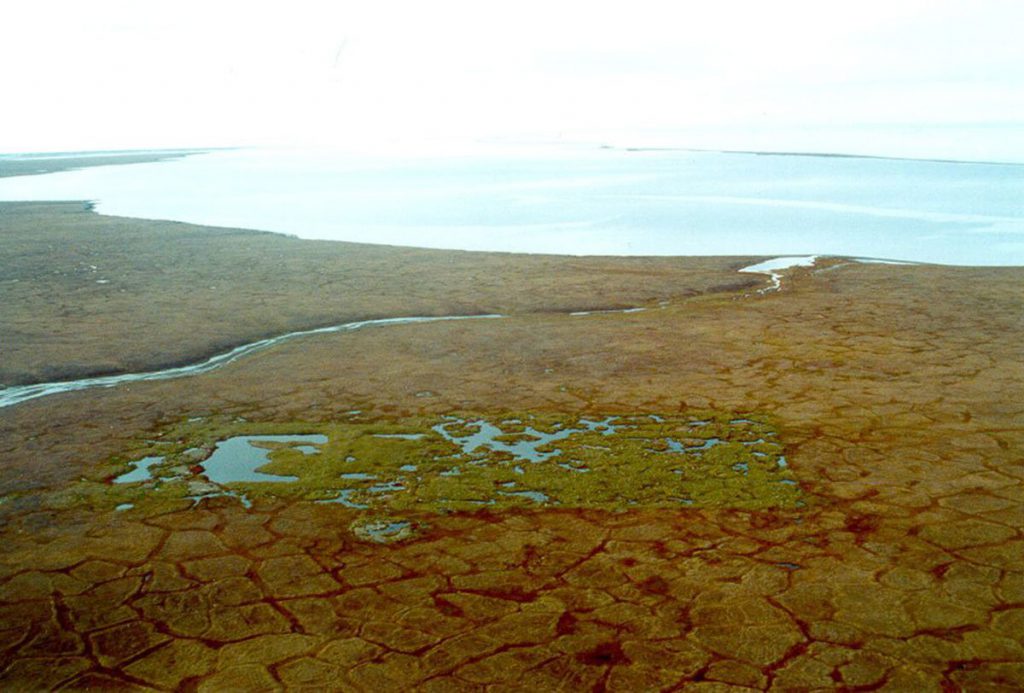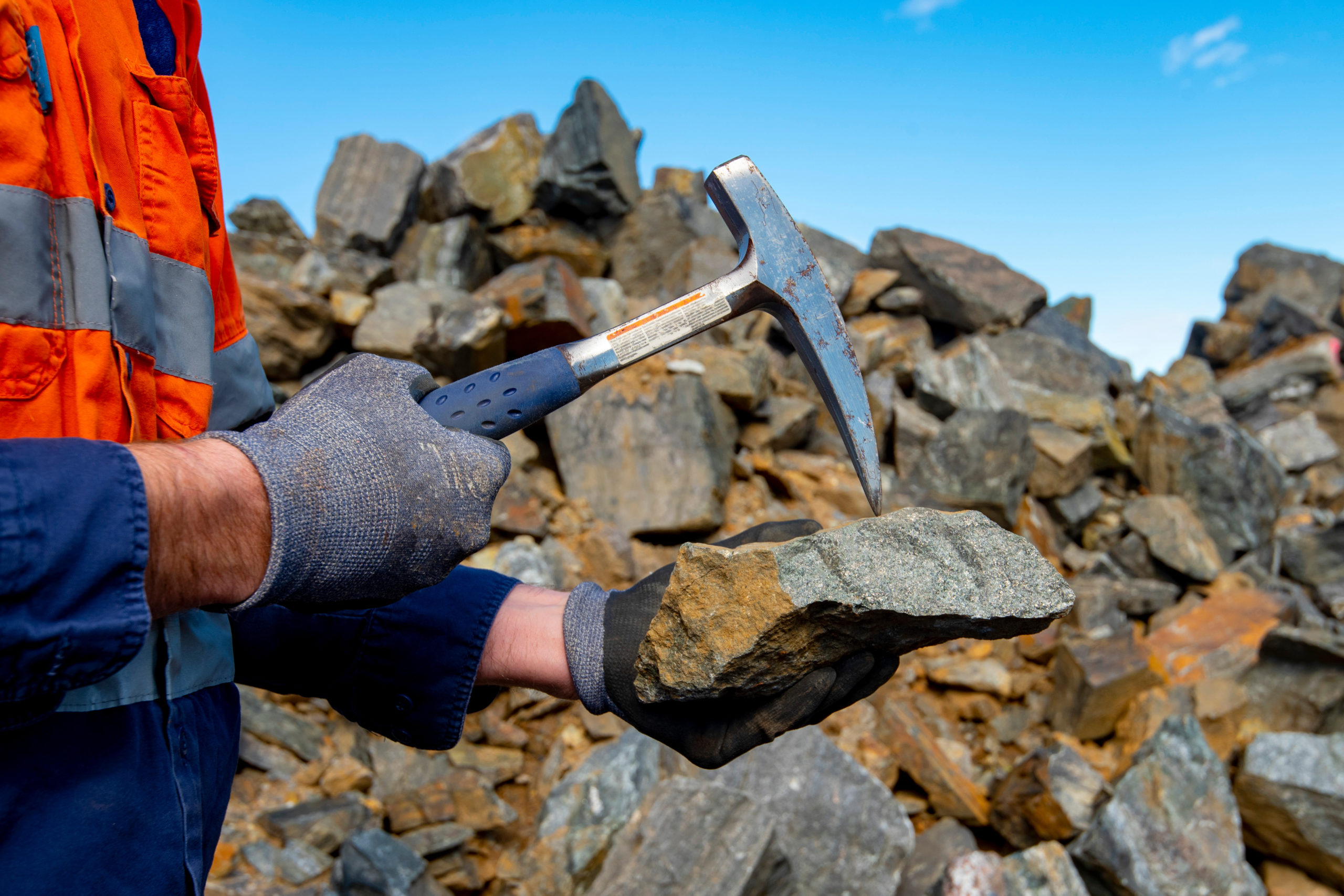These days, the smart money is staying away from Arctic drilling

The Trump administration is racing against legal deadlines and a merciless regulatory calendar in its last-ditch effort to sell drilling rights in the Arctic National Wildlife Refuge before President-elect Joe Biden is sworn in at noon on Jan. 20.
Even if the White House succeeds in clearing those hurdles, it’ll still face the cold reality of the market: funding for Arctic drilling is becoming harder and harder to find. Both oil companies and banks have decided they can no longer tolerate the risk of drilling in one of the fastest-warming places on the globe. Ben Cushing, who leads the nonprofit Sierra Club’s financial advocacy campaign, put the problem simply: “Smart money is staying away from this kind of development in the Arctic.”
Buying the leases—which could go for as little as $5 an acre—is the cheap part of the oil exploration process. Every other step—from enlisting consultants to conduct required environmental studies to mounting industrial operations in a remote wilderness without existing infrastructure—is hugely expensive. The break-even price for the oil that companies would extract could be as high as $80 per barrel, according to Rystad Energy, a level the market hasn’t seen since October 2018.
Most of today’s likely bidders would need outside financing to actually get anything out of their Arctic leases. But banks are increasingly worried about damage to their public image from backing drilling in the reserve, which 70% of American voters oppose, according to the Yale Program on Climate Change Communication. Underscoring that perceived risk: Institutions associated with Energy Transfer LP’s controversial Dakota Access oil pipeline lost $4.4 billion in account closures and divestments in 2017, research from the University of Colorado Boulder shows.
Given the current economic environment, the regulatory uncertainty, and the steep public opposition to Arctic drilling, it’s not clear which oil companies would even show up for an auction
Activists, Native Alaskans, and more recently large shareholders have worked to persuade lenders they were jeopardizing the climate, their investments, and their reputation by underwriting Arctic drilling. Five major U.S. banks—Goldman Sachs Group Inc., JP Morgan Chase & Co., Wells Fargo & Co., Citigroup, and Morgan Stanley—have already ruled out financing oil and gas projects in the Arctic refuge, leaving Bank of America Corp. the only major holdout. Last week, many of the same activists who worked on the banks issued a similar warning to the world’s top insurers.
“The options are dwindling as banks shy away from the Arctic,” said Kathy Hipple, an analyst at the Institute for Energy Economics and Financial Analysis. “Not only because of ESG reasons,” she added, referring to environmental, social, and governance standards for investing, “but because it’s a high-cost, high-risk business.”
Cracks were already beginning to appear in the industry’s finances before the coronavirus-spurred plunge in fuel demand, which hastened bankruptcies across the sector. Wells Fargo reported that the oil, gas and pipeline industry was responsible for 47% of its past-due corporate loans in the second quarter, even though it made up just 3% of its commercial loan portfolio. Private equity could help fill the financing gap left by banks, but it would come at greater expense to oil producers already operating on thin margins—and those firms are also retreating from energy financing, Hipple said.
The administration’s ability to mount a sale at all—much less formally issue the leases—before Trump leaves office is also in considerable doubt. Because of various requirements and mandatory waiting periods, the earliest auction date is likely Jan. 19, the day before Biden will be inaugurated. That would leave the Interior Department just one day to vet the high bidders and issue the leases, a process that typically takes two months.
Given the current economic environment, the regulatory uncertainty, and the steep public opposition to Arctic drilling, it’s not clear which oil companies would even show up for an auction. Those once viewed as potential bidders for Arctic acreage have slashed spending this year as the coronavirus pandemic eroded crude demand and prices. And any investment in Arctic oil rights could become a stranded asset, untouchable in a warming world shifting away from fossil fuels.
Conservationists have identified a handful of little-known oil explorers and speculators they say could vie for coastal plain drilling rights, including Houston’s Hilcorp Energy Co., Colorado-based Armstrong Oil and Gas, Elixir Energy of Australia, and Borealis Alaska Oil. Representatives of the companies didn’t respond to requests for comment.
Any buyers would still need to apply for and receive a slew of additional government licenses to begin searching for crude, from drilling approvals to animal harassment authorizations, rights of way, and pollution permits. There’s no reason to believe Biden’s Interior Department would OK any of them. “If leases are sold and issued before a new administration comes in, then every permit becomes a barrier,” said Matt Lee-Ashley, a former deputy chief of staff at the Interior Department under President Barack Obama.
The leases would still create headaches for the incoming administration. Each one carries a term of 10 years and is a binding federal contract, creating a stubborn obstacle to Biden’s promise to “permanently protect” the refuge. But if the department goes through with a sale but doesn’t award the leases in time, it would help the administration meet a congressional requirement to hold two auctions for the coastal plain by Dec. 22, 2024.
Arctic drilling foes have already put companies on notice. “There are groups like us that will be looking very carefully at what the companies said in their regulatory documents to see if they were 100% truthful,” said Brett Hartl, government affairs director at the Center for Biological Diversity. “We will try to do our best to make it painful for the companies to hold their leases.”
(By Jennifer A Dlouhy, with assistance from Saijel Kishan)
More News
{{ commodity.name }}
{{ post.title }}
{{ post.date }}



Comments